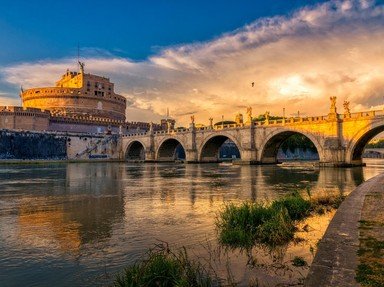
Who's Who: Barbarians Within the Roman Empire Quiz
To the ancient Romans, a barbarian was a person who did not share their culture. As the Roman Empire expanded, many barbarians lived within its borders, and many tried to invade them. Can you identify these barbarians from the clues given?
A matching quiz
by ponycargirl.
Estimated time: 4 mins.